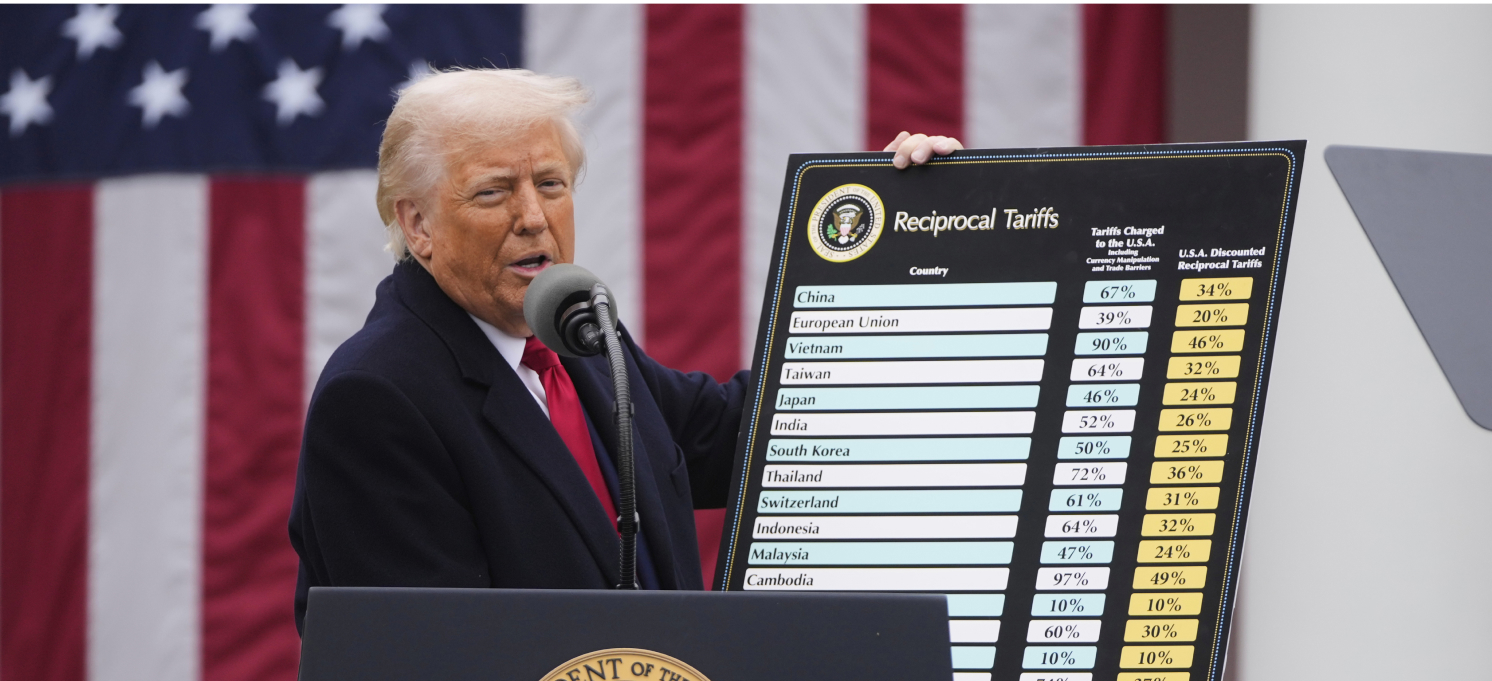
Why did the Russian ruble plunge?
Hello! Welcome to your weekly guide to the Russian economy – written by Alexandra Prokopenko and Alexander Kolyandr and brought to you by The Bell. Our top story this week is about Russia’s currency crisis that saw the ruble slump 10% in two days. We also look at why Russia’s corporate lending shows no sign of slowing despite sky high interest rates.
Ruble buckles under US sanctions and wartime pressures
The Russian currency this week collapsed: in just two days, the ruble lost 10% of its value against both the U.S. dollar and the Chinese yuan. Since its summer highs, it’s down almost 25%. The reasons for this devaluation are the war in Ukraine, and Western sanctions, which are transforming Russian currency markets.
Why the ruble is falling
The ruble’s crash this week sent it back to a value against the U.S. dollar that had not been seen since the panic of March 2022 that followed the full-scale invasion of Ukraine. In the short term, the crash was driven by a toxic combination of recent U.S. sanctions, and a lack of liquidity. However, there are also structural issues that date back to the start of the war, and the first Western economic sanctions.

The main one-off factor was last Friday’s imposition of another round of U.S. sanctions on the Russian financial sector. These affected more than 50 banks, including state-owned Gazprombank, BCS and Dom.RF. The most significant target was Gazprombank, which, until that point, had been the only major Russian lender to have escaped U.S. sanctions. The reason for the exception was the bank’s role as a payment vehicle for foreign countries buying Russian gas. Now, with Gazprombank unable to fulfill this role, Russia faces a months or two long period of readjustment. It will be much more difficult to receive payment for exports.
The effect of the U.S. sanctions was compounded by Russia’s decision last month to repatriate a quarter of its foreign currency earnings, instead of half, which led to a fall in the availability of U.S. dollars and yuan. “Everyone is sitting on rubles,” said an employee at a Russian bank. “There’s a ton of liquidity, but nowhere to convert it.” The government’s decision was partly a result of complaints from exporters about the so-called “ruble cycle.” The reluctance of banks in third countries to work with Russian companies because of the risk of U.S. sanctions, and the need to send funds via intermediaries is slowing transactions and making them more expensive.
Another issue is the changing structure of Russian currency markets following the West’s decision to impose sanctions on the Moscow Exchange. Ever since then, liquidity has increasingly flowed from the exchange to the over-the-counter segment, which is far less transparent.

There are also problems with flows of foreign currency into Russia. Exporter revenues are limited by oil prices and sanctions (oil prices are falling and sanctions are intensifying). And the growing cost of cross-border transactions are pushing up the price of imports. This puts downward pressure on the ruble.
Rising state spending is another factor. Spending in the fourth quarter was 1.5 trillion rubles ($14 billion) more than expected, increasing the supply of rubles in the system. At the same time, the inflationary expectations of both businesses and the general public in Russia have increased, which leads to increased demand for foreign currency by those looking to preserve the value of their savings.
What can the authorities do?
There are few good options to stabilize the currency market. First and foremost, the authorities could tap the rainy-day National Welfare Fund. However, when you exclude gold and non-liquid assets, it only contained about $31 billion worth of yuan at the start of November – that's not very much (roughly equivalent to the value of the fund when it was set-up in 2008). Taking into account recent dollar inflation, the real value of the fund’s holdings are likely to be close to the “irreducible balance,” according to Alexander Isakov of Bloomberg Economics.
Unsurprisingly, the Central Bank this week decided to stop purchasing foreign currency on the internal market (as part of mirroring the Finance Ministry’s operations under budget rules) in an attempt to support the ruble. The bank’s decision came very late, but it should still help to reduce the foreign currency shortage in the short term, according to economist Dmitry Polevoy.
There are few other options available to the authorities, and the ruble will almost certainly see more volatility. Previously, during periods of devaluation, non-residents were active on the market, earning on the difference between exchange rates and interest rates. Their presence smoothed market fluctuations. But they are all gone now, and this means sudden fluctuations are inevitable.

A year ago, when the ruble approached 100 to the U.S. dollar, the Central Bank hiked interest rates by 3.5 percentage points, and the government forced exporters to convert 80% of their foreign currency earnings into rubles (a requirement that was subsequently cancelled). Now, there is little point in Russia trying to keep the U.S. dollar rate below 100 rubles. In addition, interest rate rises are unlikely to support the ruble. For an immediate impact, rates would need to be hiked about 6 percentage points—but that would cost the economy dear, and hurt the defense sector (which would not please the Kremlin).
Ultimately, the authorities will likely stick to verbal interventions. Economic Development Minister Maxim Reshetnikov said Wednesday that he saw an “excessive emotional component” in the exchange rate. It’s true that a weak ruble will provide an influx of funds into the budget at the end of this year. In a worst-case scenario (similar to the 2014 currency crisis), President Vladimir Putin will have to get on the phone and ask exporters to bring foreign currency into the country to buoy the ruble. However, even this will not reverse the fundamentals.
Why the world should care
Some government ministers tried to argue this week that a weak ruble is good for exports. But the truth is that, for Russia, devaluation is bad news. The bottom line is that a 10% fall in the exchange rate generates up to 0.6 percentage points of inflation. Even for the budget, a cheap ruble is only useful in the short term. As early as next year Russia will have to spend more on indexation, as well as providing additional subsidies for business. While the Russian economy depends on imports and Western sanctions remain in place, the ruble can only weaken.
Corporate lending refuses to slow
While high interest rates have led to something of a decline in retail lending in recent months, the Central Bank said in a report published this week that corporate loans and mortgages at market rates have been largely unaffected. As a result, the regulator is starting to tighten its requirements for borrowers.
- Most importantly, corporate lending showed no sign of a slowdown with Russia’s corporate loan portfolio increasing 2.3 % in October. That’s even more than in September (2%) or August (1.9%). The total annual increase as of the end of last month was 21.8%. This corporate lending boom seems to be spread across a variety of different sectors.
- The Central Bank has been open about its concerns over the rising corporate debt load, and has already imposed tougher requirements for borrowers that are due to come into force in February.
- Mortgage lending is increasing more slowly due to the end of most state subsidies earlier this year (up to 70% of current mortgages came with some state support). However, the Central Bank is worried about a 14% increase in mortgages issued at market rates: there are suspicions this is due to banks and developers using schemes that increase risks for borrowers.
- The only sign of a debt slowdown was on the consumer lending market where the loan portfolio was down 0.3% last month after a 0.7% rise in September. The main reason for this was the rise in interest rates, as well as tougher requirements for borrowers. There was a slowdown in car finance (from 5.2% in September to 1.9% in October) due to an increase in the recycling fee that came into force on Oct. 1.
- Despite its fears, the Central Bank did not identify an increase in the number of problem loans in either the corporate, or consumer, sectors. “However, if tight monetary conditions remain in place for a long time, that situation could change,” warned the regulator in the report.
Why the world should care
The tone of the report suggested the Central Bank will continue to use both interest rates and stricter borrowing requirements to slow lending. Central Bank head Elvira Nabiullina has already promised parliament that “as soon as the coming months we can anticipate an overall slowdown in the growth of the corporate [lending] portfolio.” The figures for October show this isn’t happening yet.
Figures of the Week
Between Nov. 19 and Nov. 25, weekly inflation in Russia slowed to 0.36% (from 0.37% the week before), according to the Economic Development Ministry. Annual inflation increased from 8.68% to 8.78%. According to Kirill Tremasov, an advisor to Nabiullina, inflation by the end of the year will trend toward the upper limit of the bank’s projection (8.5%). That means another interest rate rise in December should not be ruled out.
Over the first nine months of the year, Russia’s budget recorded a surplus of 0.4% of GDP, Finance Minister Anton Siluanov said Thursday. This year’s budget initially anticipated a deficit of 0.9% of GDP. In the spring, that was increased to 1.1% of GDP. The government explained the difference as a result of greater than expected economic growth generating more tax. At the same time, expenses for three quarters of the year came to 68%. However, it’s unlikely that the budget will end the year in surplus, given that the government can increase spending by 1.5 trillion rubles without parliamentary permission, and planned expenditure is already behind schedule.
Russia’s labor shortage shows no sign of easing. This week, the government announced the need to find almost two million factory workers over the next five years. Russian industry faces an acute shortage of qualified staff, according to Deputy Prime Minister Dmitry Chernyshenko. The shortages apply to both blue collar jobs, and jobs for more skilled workers, he said.
Further reading
Russia’s tanking ruble spells trouble for Putin
Russia’s Hypersonic Missile Attack on Ukraine Was an Attempt at Blackmail



PAID SUBSCRIPTION LAUNCH
From May 1, 2025, The Bell in English will no longer be free
From May 1, 2025, all The Bell’s newsletters and online content will be behind a paywall. We have taken this decision so that The Bell can remain financially independent, and maintain our high standards of journalism and economic expertise





